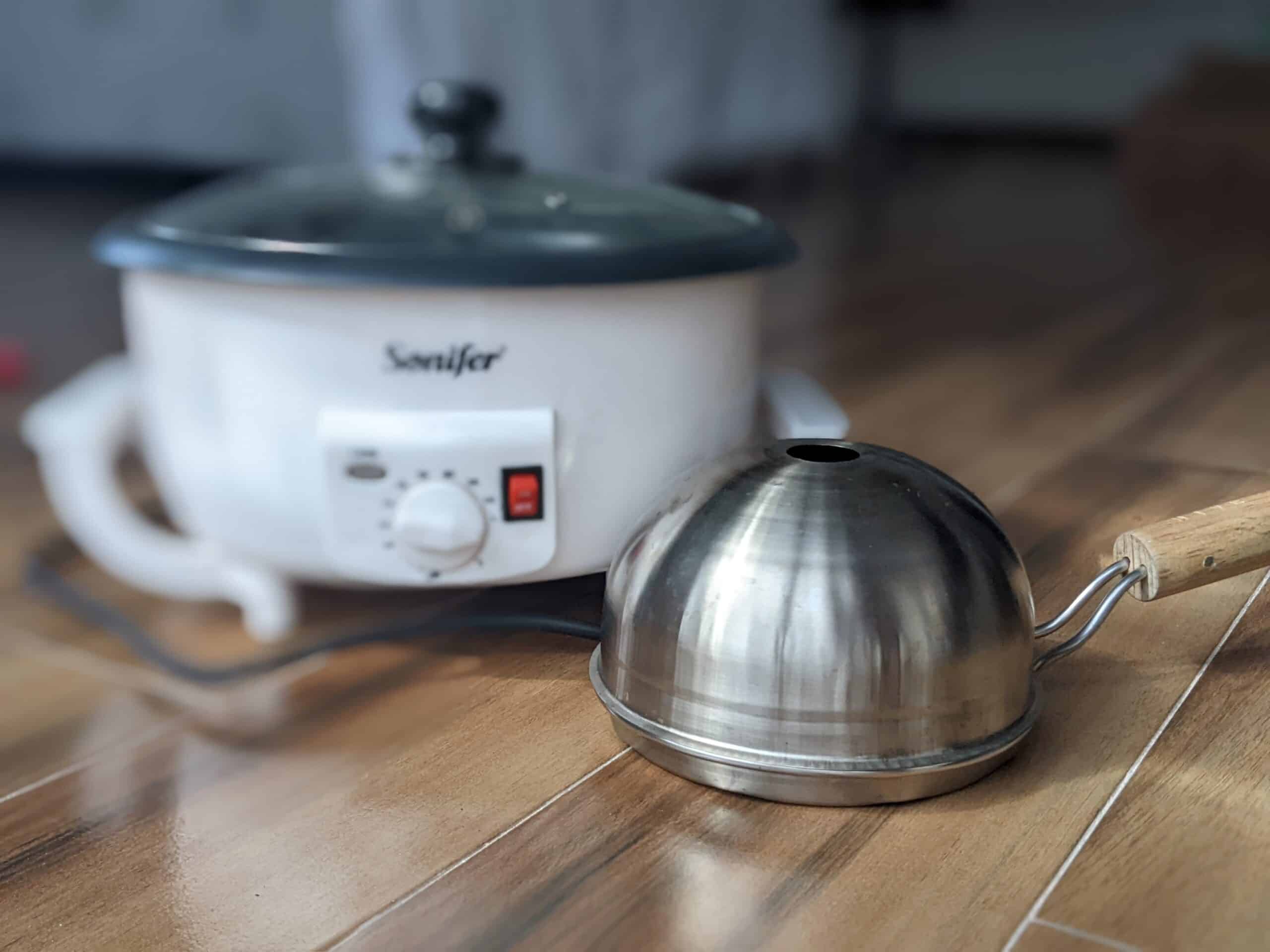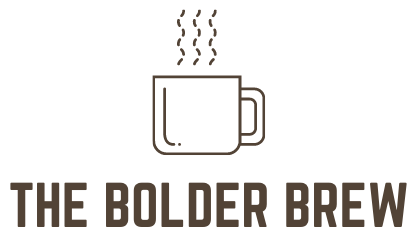
Published on
Fresh Roast SR800 Review: The Best Home Coffee Roaster For Most Of Us
Roasting coffee at home is the best way to keep fresh, delicious beans on hand. It's cost-effective, and perhaps better…
Read more
Roasting coffee at home is the best way to keep fresh, delicious beans on hand. It's cost-effective, and perhaps better…
Read more